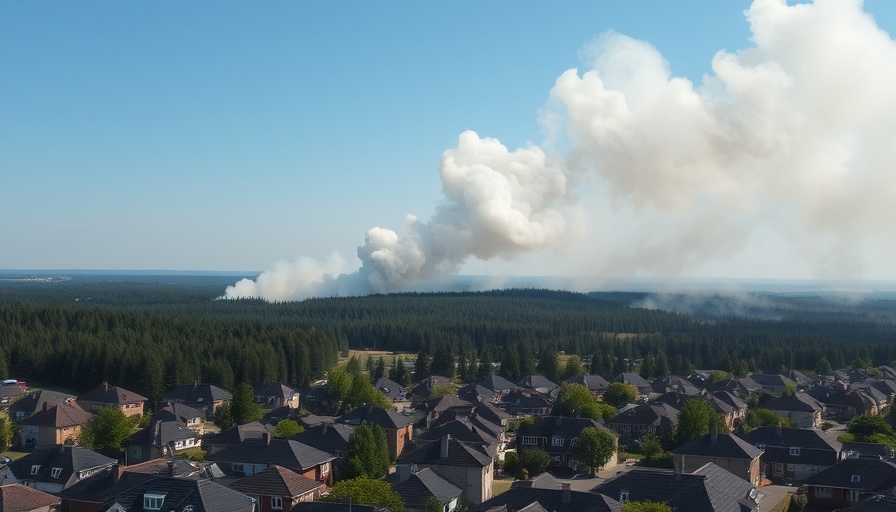
Rising Drone Threats: A Fresh Concern for National Security
As advancements in drone technology continue to evolve rapidly, the potential threats they pose to national security are becoming increasingly apparent. Recent incidents, including unidentified drones hovering over sensitive areas in Washington D.C., have raised alarms regarding the safety of military bases, nuclear facilities, and even the White House. Experts suggest implementing anti-drone technology as a proactive solution that could defend against these evolving threats.
Understanding Anti-Drone Technology
Anti-drone technology encompasses a range of defensive measures designed to detect, track, and neutralize unauthorized drones. These systems can include electronic jamming, kinetic interceptors, and drones designed for counter operations. By employing such measures, officials can maintain airspace sovereignty and deter potential mishaps or attacks.
The Case for Proactive Measures
The necessity for active defense against drones becomes clearer when considering the vulnerabilities of critical infrastructure. With recent drone sightings near military establishments and potential threats from foreign drones, it is imperative that measures such as these be taken seriously. The stakes are high; a targeted drone could gather sensitive intelligence or even deliver payloads if left unchecked.
Public Perspective on Security Technologies
The debate surrounding the implementation of technologies to shoot down drones isn't merely a technical one—it's a matter of public sentiment. Many citizens may experience apprehension about deploying such technologies near populated areas due to concerns about collateral damage or privacy violations. Thus, transparency in the deployment of anti-drone measures is crucial in reassuring the public about safety and their civil liberties.
The Future of Drone Regulation
Looking ahead, the regulatory framework surrounding drone usage will likely undergo significant changes. As new technologies emerge, policymakers must balance security needs with the rights of individuals and commercial drone operators. This dynamic will require ongoing dialogue between the government, technology developers, and consumers for effective regulation moving forward.
In conclusion, protecting critical infrastructure from drone threats is a pressing concern that demands immediate attention. As we navigate these complex challenges, implementing advanced anti-drone technologies could be a necessary step in safeguarding our national security.
 Add Row
Add Row  Add
Add 




 Add Row
Add Row  Add
Add 



Write A Comment